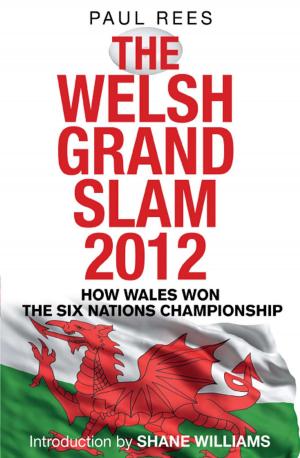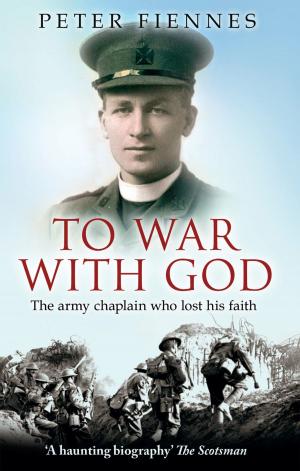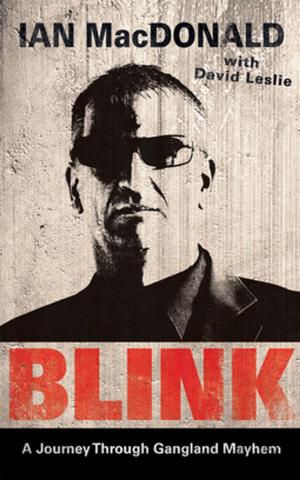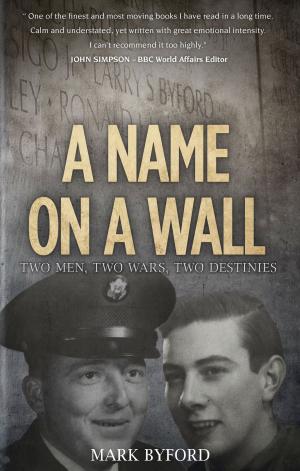| Author: | Trevor Royle | ISBN: | 9781780572482 |
| Publisher: | Mainstream Publishing | Publication: | July 15, 2011 |
| Imprint: | Mainstream Digital | Language: | English |
| Author: | Trevor Royle |
| ISBN: | 9781780572482 |
| Publisher: | Mainstream Publishing |
| Publication: | July 15, 2011 |
| Imprint: | Mainstream Digital |
| Language: | English |
The Gordons recruited from the north-east of Scotland and the regiment's character was moulded by men from the farming counties of Aberdeenshire, Moray and Nairn. It was raised in 1794 by an aristocratic landowner, the Duke of Gordon, whose wife played a major role in attracting recruits by riding through her husband's estates and offering a guinea and a kiss to each man who enlisted. Originally raised as the 100th Highlanders, it was later renumbered the 92nd Highlanders and in 1881 was amalgamated with the 75th (Stirlingshire) Regiment to form The Gordon Highlanders.
In the nineteenth century the two regiments were in constant service throughout the empire and in 1879 the 92nd Highlanders were involved in Lord Roberts' historic march from Kabul to Kandahar during the fighting in Afghanistan. One of the first Victoria Crosses was awarded to a Gordon Highlander, Private Beach, who was decorated for his supreme gallantry while serving in the Crimea in 1854. Another Victoria Cross winner was Major George White (Afghanistan, 1879), who went on to become a field marshal. During the fighting on the north-west frontier of India in 1897, Piper George Findlater was awarded the Victoria Cross for continuing to play his pipes despite being wounded and under heavy enemy fire.
In 1994, The Gordon Highlanders amalgamated with Queen's Own Highlanders to form The Highlanders and in 2006 became the 4th Battalion of The Royal Regiment of Scotland. This is a celebratory account of the regiment's long and distinguished history.
The Gordons recruited from the north-east of Scotland and the regiment's character was moulded by men from the farming counties of Aberdeenshire, Moray and Nairn. It was raised in 1794 by an aristocratic landowner, the Duke of Gordon, whose wife played a major role in attracting recruits by riding through her husband's estates and offering a guinea and a kiss to each man who enlisted. Originally raised as the 100th Highlanders, it was later renumbered the 92nd Highlanders and in 1881 was amalgamated with the 75th (Stirlingshire) Regiment to form The Gordon Highlanders.
In the nineteenth century the two regiments were in constant service throughout the empire and in 1879 the 92nd Highlanders were involved in Lord Roberts' historic march from Kabul to Kandahar during the fighting in Afghanistan. One of the first Victoria Crosses was awarded to a Gordon Highlander, Private Beach, who was decorated for his supreme gallantry while serving in the Crimea in 1854. Another Victoria Cross winner was Major George White (Afghanistan, 1879), who went on to become a field marshal. During the fighting on the north-west frontier of India in 1897, Piper George Findlater was awarded the Victoria Cross for continuing to play his pipes despite being wounded and under heavy enemy fire.
In 1994, The Gordon Highlanders amalgamated with Queen's Own Highlanders to form The Highlanders and in 2006 became the 4th Battalion of The Royal Regiment of Scotland. This is a celebratory account of the regiment's long and distinguished history.















